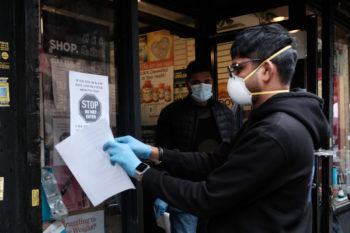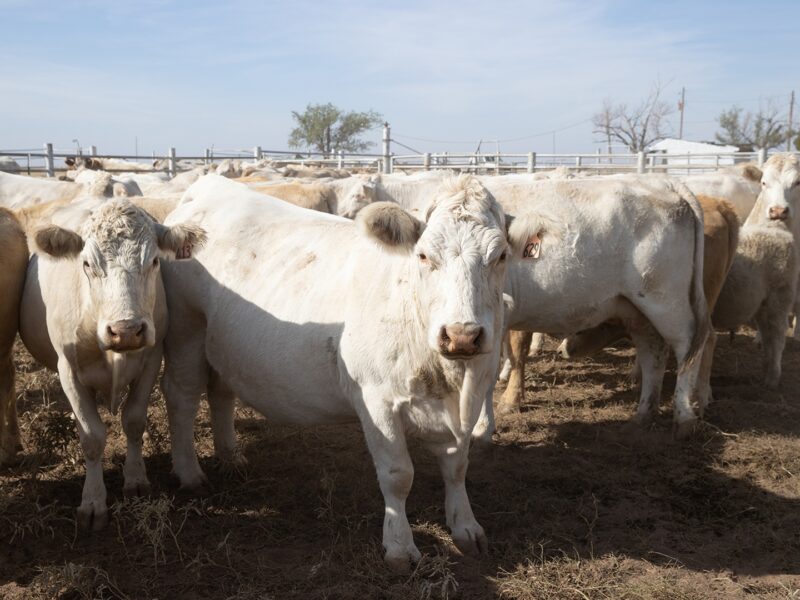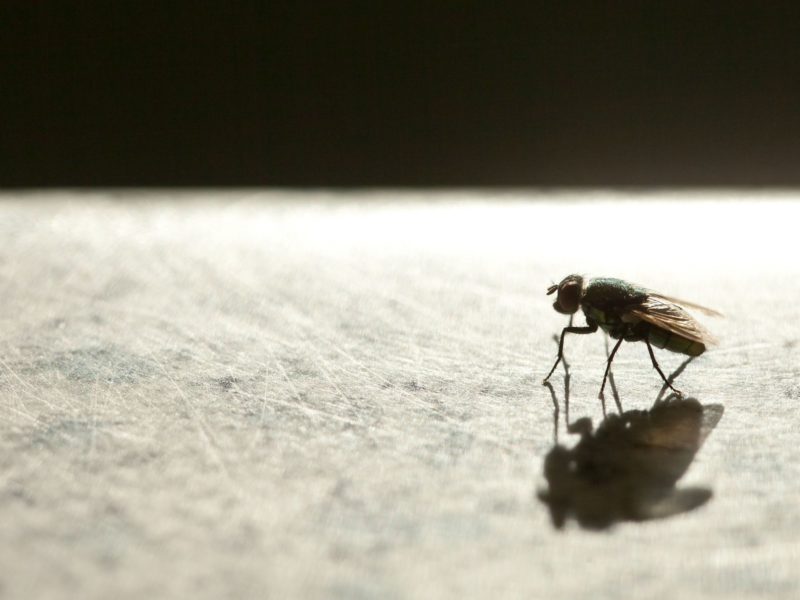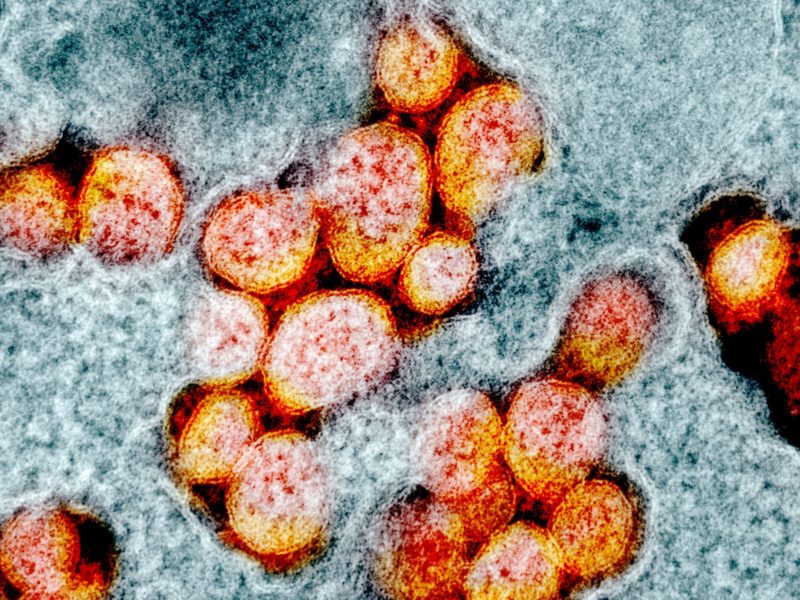Accounting For The Human Reaction

Depending on what model you look at, the new coronavirus could infect between 160 million and 214 million people in the United States, and kill anywhere from 200,000 to 1.7 million people. The estimates show a potentially vast toll – but don’t take into account the behavioral changes already underway to mitigate the spread of COVID-19.
Those projections were presented to officials at the Centers for Disease Control and Prevention last month as four possible scenarios, the New York Times reported. These kinds of worst-case-scenario projections assume that no behavioral changes will be made to slow the rate of infection, a Texas A&M University expert said, showing the importance of modeling that factors in human behavior.
“In the fog of war, we don’t really dwell on behavior changes, and we aim to make predictions based on biological factors and how our communities interlink before the disease was here,” said Ceyhun Eksin, an assistant professor in the Department of Industrial and Systems Engineering. “With recent measures, we’re changing how our community is interacting drastically. These measures are going to have an effect.”

Eksin researches how the interactions of individuals can affect system evolution and operation in complex systems. In the case of epidemics, he looks to answer how behavior, society’s connectivity and disease factors come together to determine the spread.
Failing to factor in human behavior – like social distancing – in disease forecast models can lead officials to overestimate the number of infected individuals and result in misallocation of resources and public mistrust, Eksin said.
“These predictions can significantly overestimate in the presence of a simple social distancing,” Eksin said. “That is why you may hear huge numbers from officials, with a footnote saying, ‘If we do not act now.’ We showed that if individuals in the population tend to react strongly to observed cases, then the predictions that do not account for behavior change may overestimate by 250 percent.”
When people decrease their potential infectious contacts through social distancing or other measures, the disease spreads slower than what would have been predicted via standard models.
Many existing models take social distancing and other behavior changes into account, he said, but at the time of a pandemic those models are underutilized because it’s harder to predict changes in human behavior than disease-spreading mechanisms.
Eksin’s research has shown that behavior change-related parameters can be added to simple models as an epidemic is ongoing, given that there are accurate case counts. The research, which was conducted with team members from UC Santa Barbara and the Georgia Institute of Technology, concluded that final size predictions should not be predicated solely on the estimates of initial speed of spread.
Behavior changes pushed by the CDC, White House, and state and local officials have included working from home, reducing interactions with others and hand washing. Many universities and schools, like Texas A&M, have moved classes online and canceled athletic events, and some cities have closed gathering spaces including bars and dine-in restaurants.
COVID-19 is a hard disease to track with many unknowns, complicated by the fact that a significant amount of infected people without symptoms could be spreading infection.
Still, Eksin said, it’s important for officials to find a balance between raising awareness during a pandemic by providing worst-case scenarios and relying on likely scenarios to take cost- and resource-effective measures.
“In this sense, there are potential opportunities in accounting for inherent behavior changes during a pandemic in our models. Foremost, they can prove valuable in making sense of data,” he said.
Looking forward, Eksin said there is a need for understanding the coupling of intrinsic changes in behavior due to disease prevalence and public health efforts.
Media contact: Caitlin Clark, caitlinclark@tamu.edu.





